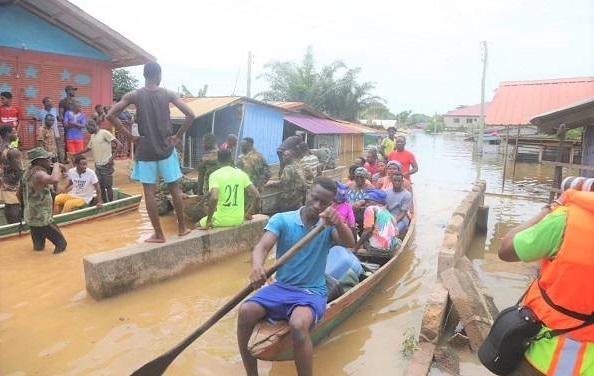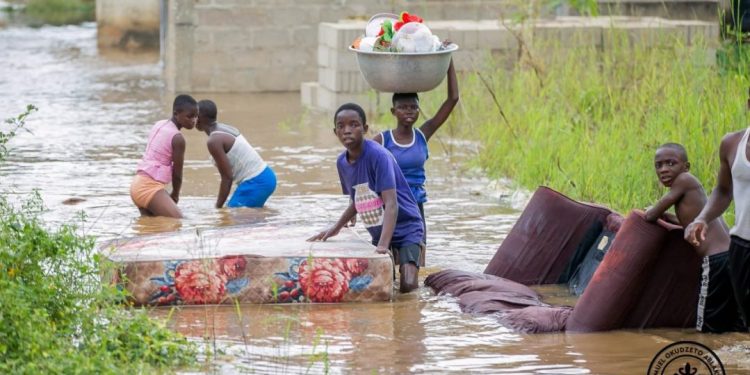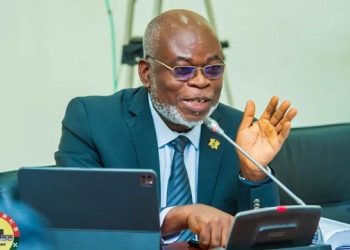Former Chief Executive Officer of the Volta River Authority (VRA), Ing. Kirk Koffi, has stated that no single person or group should be held accountable for the severe consequences of the Akosombo Dam spillage in 2023.
According to Ing. Koffi, the event was caused by natural factors beyond human intervention. Speaking during an interview on Channel One TV, he clarified that the spillage was triggered by excessive inflows into the dam, not due to any form of negligence.
When asked whether responsibility should be assigned for the damage caused, he responded, “No, no, it all depends… direct rainfall can impact what it comes from anywhere. It’s just a result of the inflow. You cannot hold them responsible because they would have died anyway.”
He cited unusual weather conditions in 2023 as a major contributor to the rising water levels. Although a decline in inflows was anticipated by September, they instead increased, forcing the VRA to release more water in order to preserve the dam’s structure.

“By September 2023, when we were to see a downward trend in the inflow, it picked up, which was an indication, and they had to spill a little bit more. Those who run the facility don’t breach the dam; if you do, everybody downstream will go, and you will not save anybody. That is, if the water overflows. 2023 was an unusual year,” he explained.
Ing. Koffi also praised the efforts of former President John Dramani Mahama and Minister for Energy and Green Transition John Jinapor for their proactive steps in handling the crisis and establishing a committee to prevent future occurrences.
“Thanks to President John Dramani Mahama for his vision and foresight, as well as Minister for Energy and Green Transition, John Jinapor, for setting up this committee two years after the event.
I believe they are looking more into the future to make sure it doesn’t happen again. I’m sure they might have been briefed,” he added.
The VRA had initiated a controlled release from the Akosombo and Kpong dams between September 15 and October 30, 2023, in response to surging water levels that posed a risk to the structural integrity of the dams.
This spillage led to widespread flooding and the displacement of thousands of residents living along the Volta River.
An estimated 38,624 people were displaced, with the hardest-hit areas identified as North Tongu, Central Tongu, South Tongu, Ada, and Kpong.
The flooding also caused significant destruction, including the collapse of around 1,247 homes, 94 schools, and 17 health facilities. Economic losses were estimated at $78 million in agricultural damage alone.











